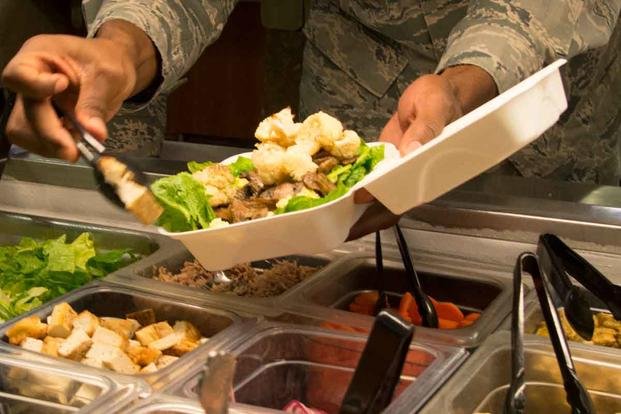Have you noticed that adding 45 to 60 minutes of physical activity a day quickly becomes the easy part of changing your fitness and nutrition habits? The problem for most people who want to lose weight is the focus on discipline: cutting down on extra calories for the rest of the day.
Creating a caloric deficit is fundamental for weight loss. A well-accepted approach is to reduce your daily intake by 500 calories and strive to increase the number of calories you burn by 500 through exercise. This reduction in total energy can lead to an average weight loss of 1-2 pounds per week and is considered a healthy and sustainable rate.
To effectively establish this caloric deficit, you can adopt several strategies. Increasing your physical activity will elevate the number of calories you burn. This can include walking, running, cycling, or even simple tasks like cleaning and gardening – but you still need to cut your calorie intake
Check out these ways to help you fight off old snacking habits while reducing portion sizes and extra calories throughout the day:
1. Keep track of your food and drink.
Most people with a calorie deficit goal underestimate how much food they really eat daily, but keeping track of the foods and drinks that enter your body can be as simple as having a clipboard in your kitchen.
Keep a list on or near the refrigerator or snack drawer and write down everything you put into your mouth, including how much water you drink. If you are not quite that old-school, you can use phone apps and scales to help you thoroughly understand what and how much you are eating. Monitoring your caloric intake through food diaries or mobile apps can provide insight into your eating habits and help you stay on track.
2. Add more protein, fiber and water.
Incorporating more protein into your meals can keep you full and reduce the temptation to graze for food. Moreover, increasing fiber-rich foods, such as fruits, vegetables and whole grains can also reduce hunger and improve digestion.
If you want to stay satiated and not feel the need to snack, avoid salty and sweet foods and replace them with more protein (roughly 30 to 40 grams per meal), fruits and vegetables (with fiber) and more water. These will help you fight off snacking urges and hunger pangs. Consider sparkling water (no calories) as a flavored carbonated drink to help you replace sodas and feel full.
3. Plan your meals.
A key strategy is to create meals for the next day, whether from evening leftovers or making lunch with healthy snacks. This approach saves you money, saves you from the stress of finding food and helps avoid larger-than-normal portion sizes in a restaurant.
However, sometimes you cannot avoid eating out. Make sure you take your time eating and save half of the food for later if the portions are too big. Planning meals is all about being prepared and organized.
4. Take a quick walk before and after eating.
If you can take a ten minute walk before and after eating a meal, you will find that you digest your food better and help regulate blood sugar quicker. A quick walk can be key to losing weight: walk more!
5. Don’t skip meals.
Though many like to fast (a practice called intermittent fasting), the urge to eat more than you usually would increases if you go too long without food. Instead of skipping meals for 12 hours, eat a little of the meal you’re missing at that moment.
If you think about it, the goal of creating a calorie deficit in your day is just eating less and making better food choices. You can create a calorie deficit (and lose weight) by restricting eating time, eating smaller portions, eliminating or limiting certain food groups or burning more calories. Pick the best method for you, but there is no need to make the day even harder by starving yourself and then gorging for an hour.
By understanding how to create and stay focused on the caloric deficit, you can effectively work toward your weight loss goals while embracing a healthier lifestyle. Take the initiative and explore the Military.com fitness section for strategies to fit your goals. Learn how to add exercise and mindful eating into your daily routine, making your journey easier and more enjoyable. Your opportunity for improvement starts now – head over to get the support you need.
Want to Learn More About Military Life?
Whether you’re thinking of joining the military, looking for fitness and basic training tips, or keeping up with military life and benefits, Military.com has you covered. Subscribe to Military.com to have military news, updates and resources delivered directly to your inbox.
Story Continues
Read the full article here

